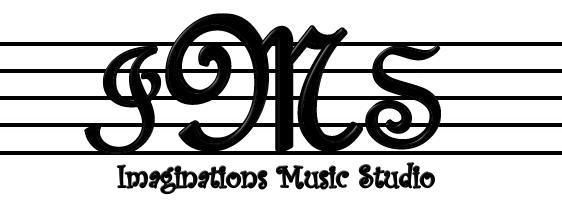Why is steady beat a Kindergarten readiness skill? What does steady beat have to do with academics?
First of all, working to develop a steady beat has more than just musical benefits. Of course if your child becomes a musician steady beat is an essential on any instrument. But did you ever think about the other benefits of steady beat?
Any repeated action in our everyday lives requires steady beat from the simplest activities such as walking with coordination, dribbling a ball, cutting with scissors, to more complex actions such as typing. This is why we emphasize steady beat activities in each Kindermusik class and provide you with the materials to work on this skill at home.
Steady beat activities also help the child's brain to learn to organize and sets the foundation for pre-math skills. Studies show that elementary students who are taught basic rhythmic notation score higher on fraction tests than students who were simply taught fractions in the traditional way. I think this is because music turns mathematics into a multi-sensory activity. It all starts with steady beat.
Here are some steady beat activities for home:
1.
Steady beat movement Turn on the music and pretend to be a marching band. March, stomp, or jump to the music. See how many different actions can be done to a steady beat. If you have them, use scarves, steamers, hoops or a parachute like we would use in Kindermusik class.
Listen to sounds around the house and determine if that particular sound has a steady beat, IE. a dripping faucet, windshield wipers, a ticking clock or beeping microwave. Move to the beat to these sounds. Use the music in your Kindermusik home CD to move to the steady beat. The Kindermusik songs are developmentally chosen to provide the best opportunities for movement and development of steady beat.
Babies who are not yet mobile can begin to learn about steady beat as well. Put them on your lap and bounce to the steady beat. Move them around the room to the steady beat of the music.
Movement to a steady beat allows them to feel and see the steady beat. This is especially true in Kindermusik class where the kids see their peers making a steady beat. In class the children also learn new ways to move to a steady beat by watching each other. In our class we also include circle and line dances where the children actually interact with each other while keeping a steady beat. Making steady beat a social activity helps to solidify the concept in their developing minds
2.
Instrument play Pull out the instruments from your Kindermusik home materials or make your own. Using your Kindermusik CD or another CD, use the instruments to keep a steady beat along with the music. This works steady beat with the fine motor skills and allows them to hear the beat that they are making. In Kindermusik class, they can also see the steady beat made by the instruments of their friends.
3.
Ball Toss This is one of my favorite activities to do with my beginning piano students. This is a little trick I learned many years ago when I was completing my training for Orff certification. For this preschool activity we use a large, soft ball. I stand across from the student. The object of the game is to pass the ball back and forth to a steady beat. If you pass too quickly, the other person will not be able to anticipate when to catch the ball. If you hold on to the ball too long, the partner has to wait for the ball. First, I demonstrate how to pass the ball to a steady beat while I hold the ball. Then I explain to the preschooler how we have to keep our beat steady or we will not be able to catch the ball. Then we pass the ball back and forth counting "one" for quarter notes. With my older students who are in piano classes or lessons, we eventually create rhythms and pass according to the rhythm. This is a fun steady beat activity that explains the concept of keeping the beat going, allows the student to use gross motor muscles to feel the beat, works for teamwork, allows the student to see the stead beat as it is passed back and forth, and lays the groundwork for counting rhythm. Students ask for this activity again and again in classes.

































